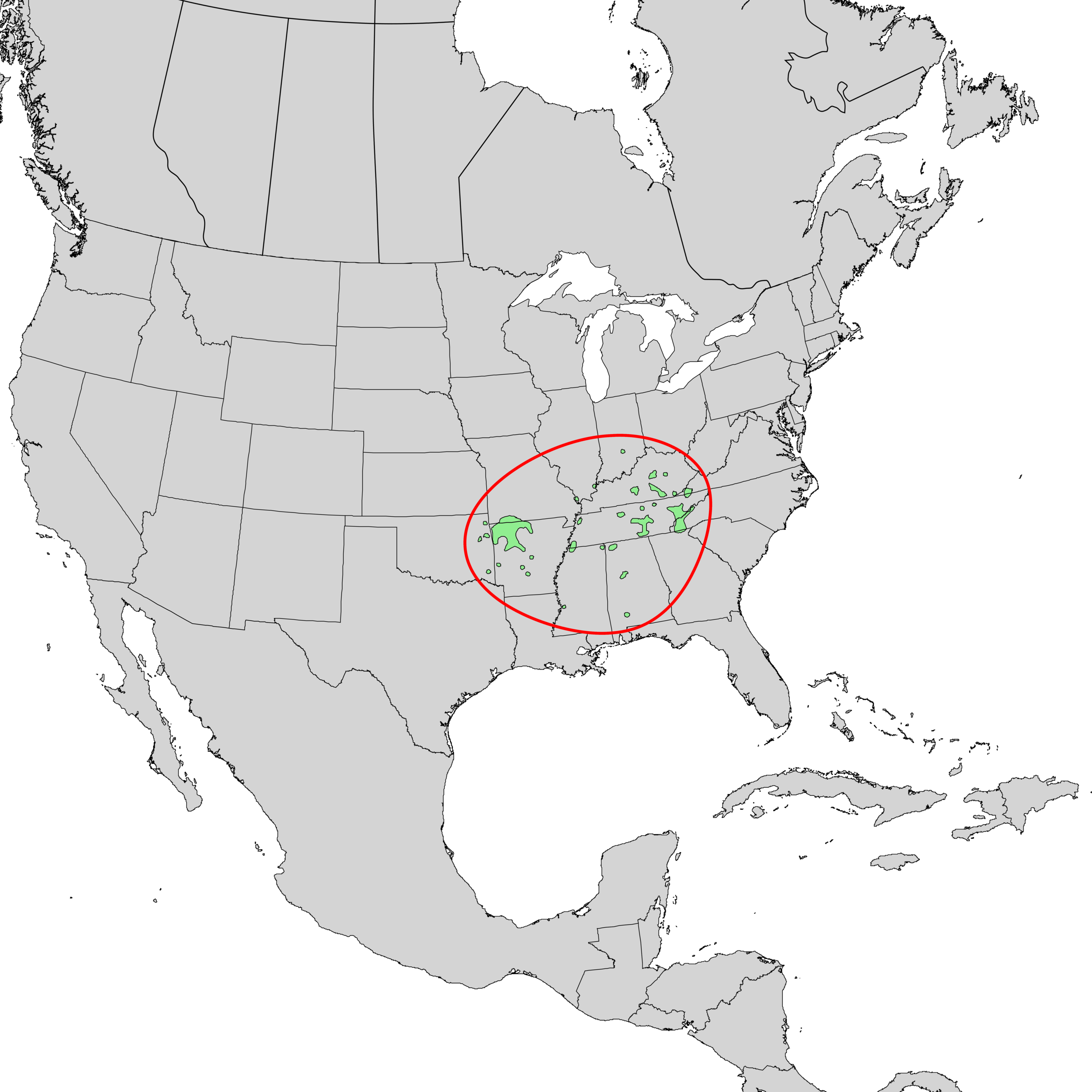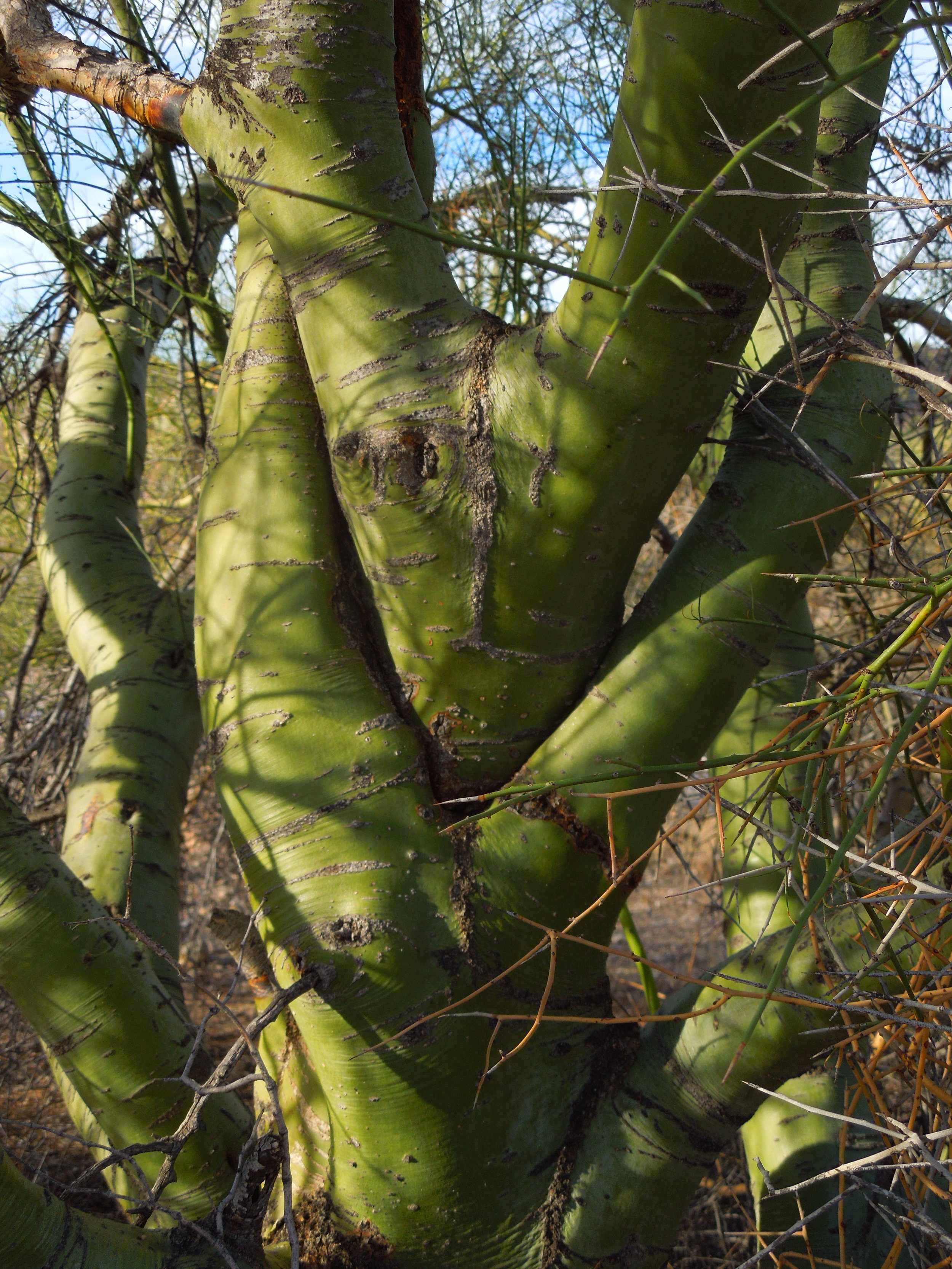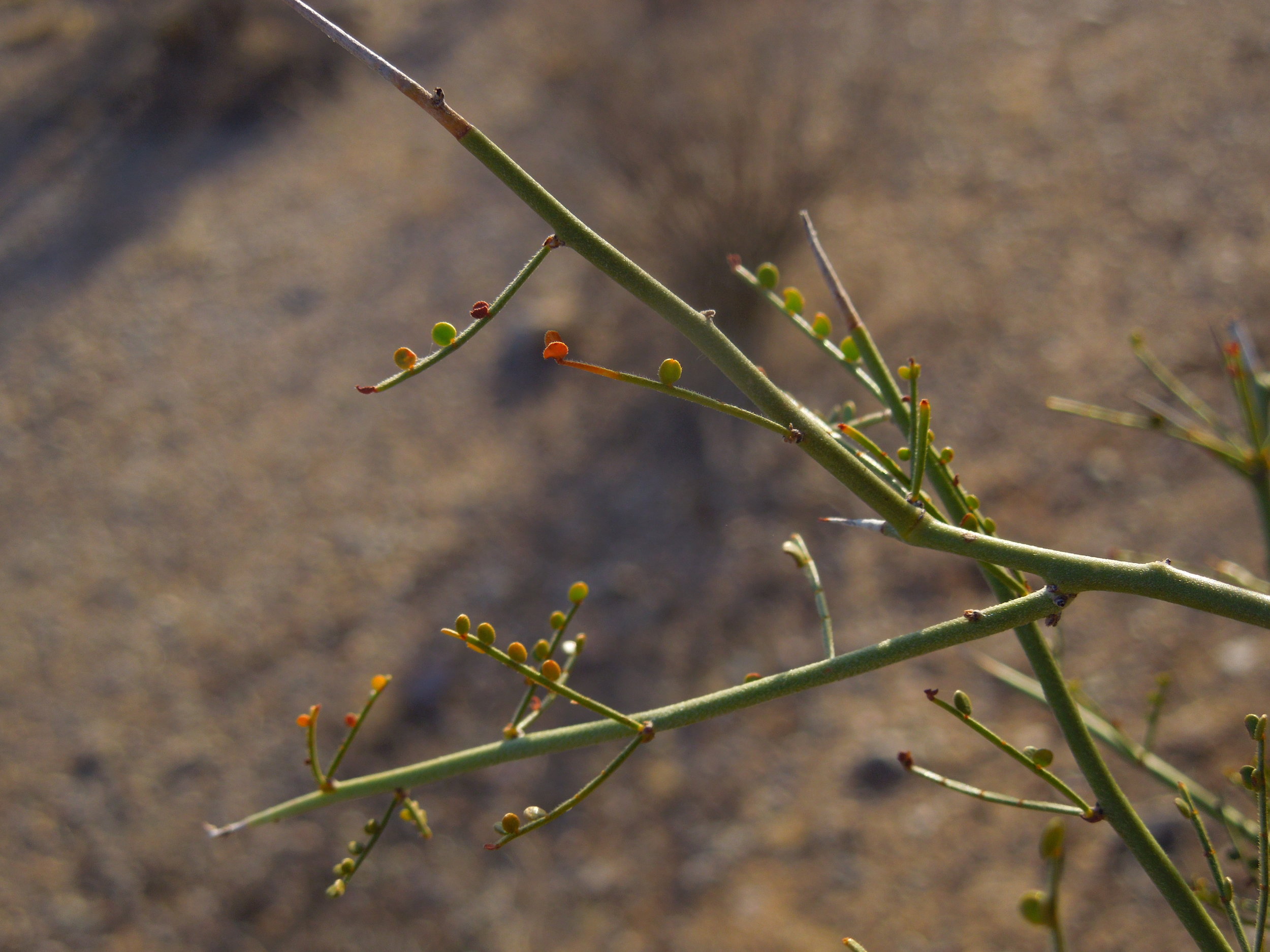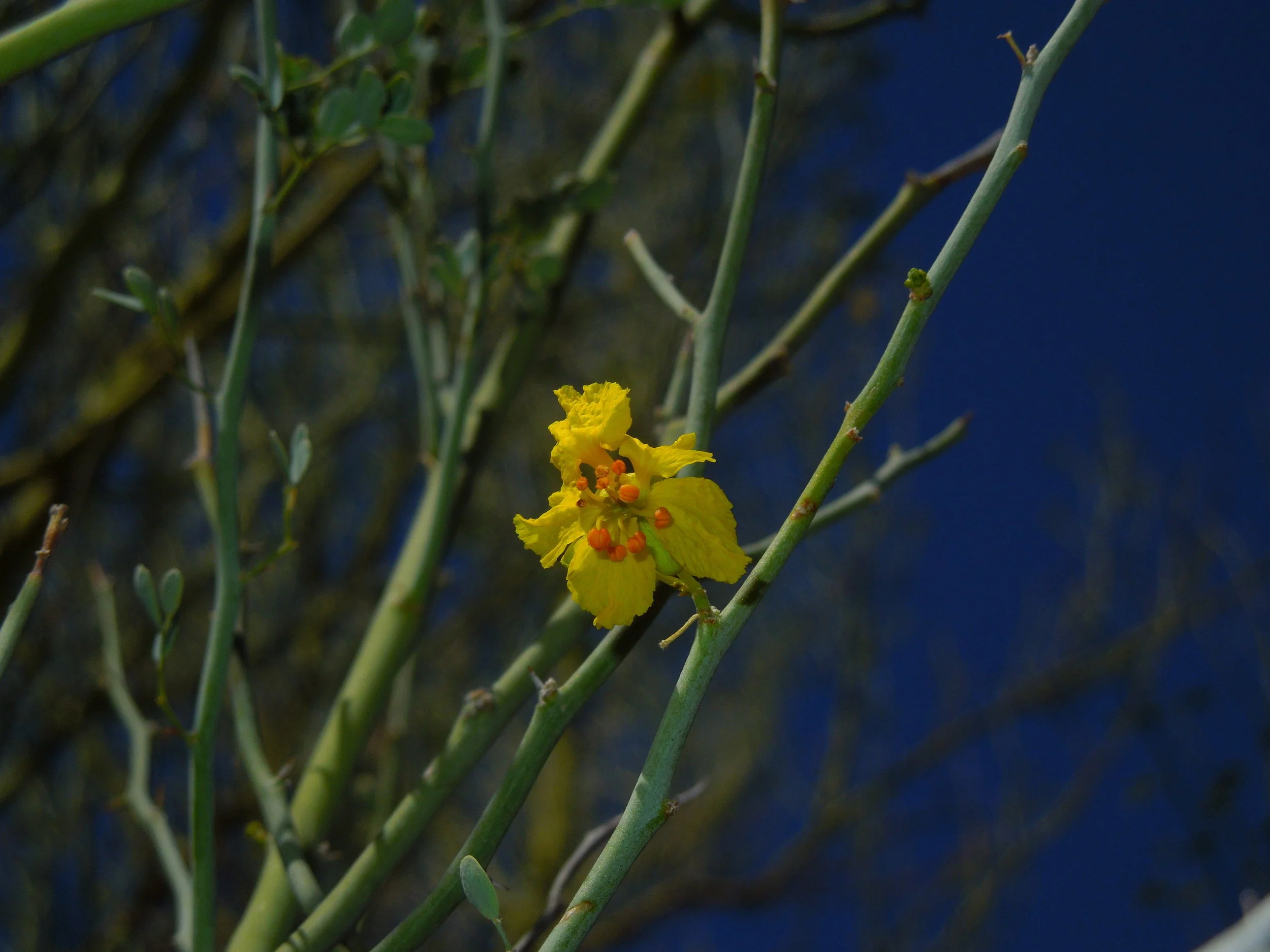Photo by Plant Image Library licensed under CC BY-SA 2.0
The immense beauty and grace of the yellowwood (Cladrastis kentukea) is inversely proportional to its abundance. This unique legume is endemic to the eastern United States and enjoys a strangely patchy distribution. Its ability to perform well when planted far outside of its natural range only deepens the mystery of the yellowwood.
The natural range of the yellowwood leaves a lot of room for speculation. It hits its highest abundances in the Appalachian and Ozark highlands where it tends to grow on shaded slopes in calcareous soils. Scattered populations can be found as far west as Oklahoma and as far north as southern Indiana but nowhere is this tree considered a common component of the flora.
Though the nature of its oddball distribution pattern iscurious to say the least, it is likely that its current status is the result of repeated glaciation events and a dash of stochasticity. The presence of multiple Cladrastis species in China and Japan and only one here in North America is a pattern shared by multiple taxa that once grew throughout each continent. A combination of geography, topography, and repeated glaciation events has since fragmented the ranges of many genera and perhaps Cladrastis is yet another example.
The fact that yellowwood seems to perform great as a specimen tree well outside of its natural range says to me that this species was probably once far more wide spread in North America than it is today. It may have been pushed south by the ebb and flow of the Laurentide Ice Sheet and, due to the stochastic nuances of seed dispersal, never had a chance to recolonize the ground it had lost. Again, this is all open to speculation as this point.
Despite being a member of the pea family, yellowwood is not a nitrogen fixer. It does not produce nodules on its roots that house rhizobium. As such, this species may be more restricted by soil type than other legumes. Perhaps its inability to fix nitrogen is part of the reason it tends to favor richer soils. It may also have played a part in its failure to recolonize land scraped clean by the glaciers.
Yellowwood's rarity in nature only makes finding this tree all the more special. It truly is a sight to behold. It isn't a large tree by any standards but what it lacks in height it makes up for in looks. Its multi-branched trunk exhibits smooth, gray bark reminiscent of beech trees. Each limb is decked out in large, compound leaves that turn bright yellow in autumn.
Photo by Elektryczne jabłko licensed under CC BY-SA 4.0
When mature, which can take upwards of ten years, yellowwood produces copious amounts of pendulous inflorescences. Each inflorescence sports bright white flowers with a dash of yellow on the petals. In some instances, even pink flowers are produced! It doesn't appear that any formal pollination work has been done on this tree but surely bees and butterflies alike visit the blooms. The name yellowwood comes from the yellow coloration of its heartwood, which has been used to make furniture and gunstocks in the past.
Whether growing in the forest or in your landscape, yellowwood is one of the more stunning trees you will find in eastern North America. Its peculiar natural history only lends to its allure.










